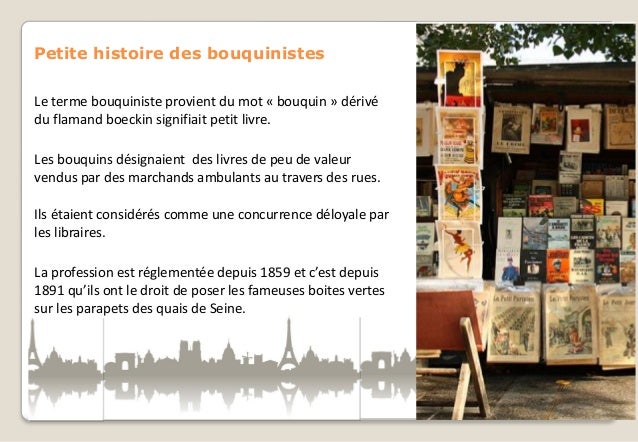
Studies have shown that many design features of response scales affect how survey respondents process a response scale and use the scale to construct their responses such as the number of scale points (Krosnick and Fabrigar 1997), the use of numeric labels (O’Muircheartaigh, Gaskell, and Wright 1995 Schwarz and Hippler 1995 Schwarz et al. These findings have important implications for designing response scales in surveys. In addition, the moderating impact of question type, question location, and scale length on scale direction effects is more pronounced for items administered via Computer-Assisted Personal Interviewing than in self-administration. We found that scale direction effects are stronger for non-attitudinal items, earlier survey items, and items with longer scales. This paper advances the literature by examining empirically the impact of two question level characteristics (i.e., type of survey questions and location of questions in the questionnaire) and two scale features (i.e., type of response scales and the number of scale points) on scale direction effects.

It is also unclear what questions are more prone to scale direction effects and what scale features induce or reduce scale direction effects. As a result, it is not clear under what circumstances scale direction effects can be expected. However, empirical research on scale direction effects turns up mixed evidence – scale direction effects are observed in some studies on some items, but not in other studies for other items. Scale direction tends to produce primacy effects. These findings suggest a need to acknowledge selection bias when examining questions about political engagement, particularly when it comes to election surveys that rely on opt-in panels that are more likely to attract those who are interested in the subject matter and thus more politically engaged.Scale direction effects refer to the impact on survey responses of the direction in which a response scale is presented or read, holding other scale features constant.

The results indicate that online surveys, particularly those where respondents have opted in, reduce variance and overestimate the proportion of those who are politically engaged, which produces different conclusions about what motivates citizens to vote. Drawing on data from the latest American National Election Study and British Election Study, we examine how age affects political engagement, comparing responses between face-to-face and online surveys. Although they have obvious advantages, it is unclear whether the data produce inferences similar to more traditional face-to-face surveys, particularly when response to the survey is correlated with the survey variables of interest. Online surveys have seen a rapid growth in the past decade and are now frequently being used for electoral research.


 0 kommentar(er)
0 kommentar(er)
